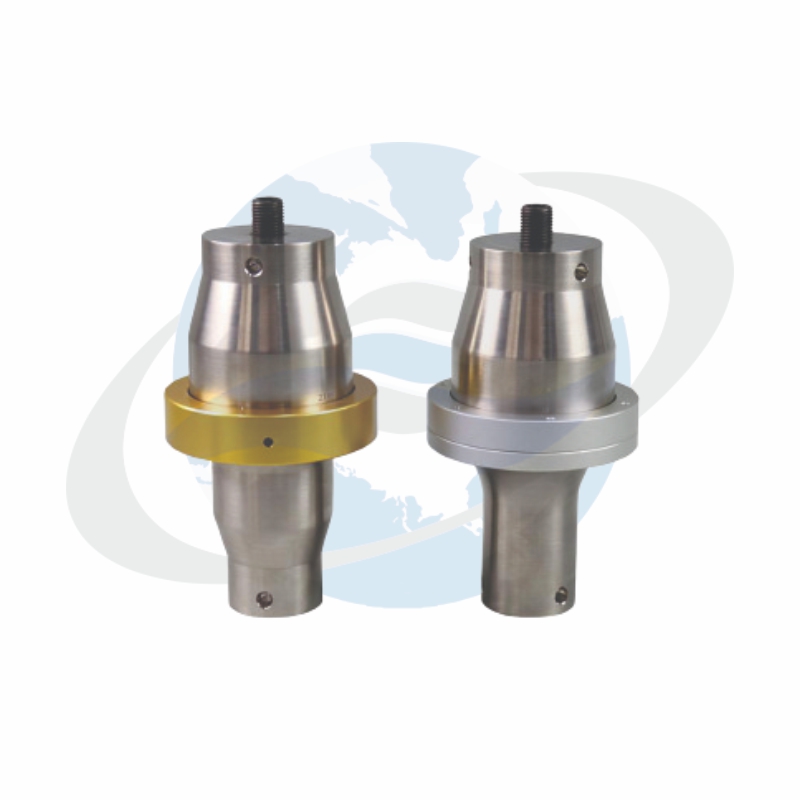India's #1 Leading Industrial Machin Manufacturer

Menu
Ultrasonic Boosters

Ultrasonic Boosters
An Ultrasonic Boosters is a device that increases the amplitude of ultrasonic vibrations. It is typically made of a material with a high acoustic impedance, such as steel or titanium. The booster is placed between the transducer and the horn, and it helps to amplify the vibrations before they are transmitted to the horn.
The main components of an ultrasonic booster are
- Transducer: The transducer is the device that converts electrical energy into ultrasonic vibrations. It is typically made of a piezoelectric material, such as quartz or barium titanate.
- Matching layer: The matching layer is a layer of material that is placed between the transducer and the booster. The matching layer helps to improve the efficiency of the booster by matching the acoustic impedance of the transducer to the acoustic impedance of the booster.
- Booster body: The booster body is the part of the booster that actually amplifies the ultrasonic vibrations. It is typically made of a material with a high acoustic impedance, such as steel or titanium.
- Nodal plate: The nodal plate is a plate that is placed at the center of the booster body. The nodal plate helps to prevent the ultrasonic vibrations from resonating within the booster body.
Horn: The horn is the part of the booster that transmits the ultrasonic vibrations to the workpiece. The horn is typically made of a material with a low acoustic impedance, such as aluminum or copper.
Works
Industries We Focused
24/7 We Are available
We Are Here For Your Help
All Rights Reserved By Ultrasonic- 2023
Contact Form
Download Brochure
Form submit
Get A Quotation







